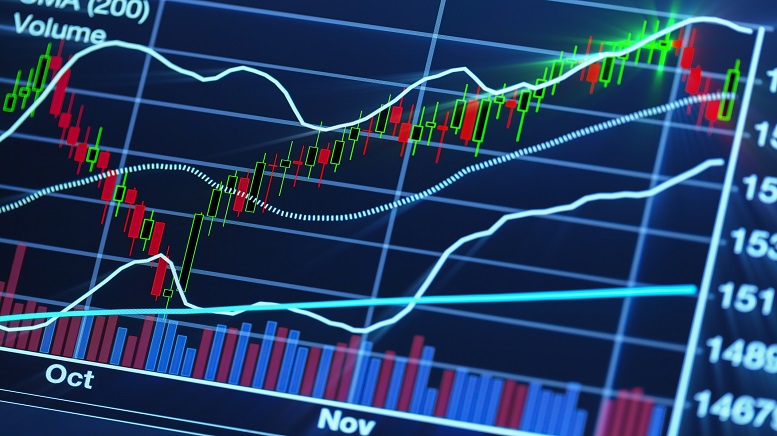On Thursday, the Hong Kong Monetary Authority raised its base rate by 75 basis points to 2%. This occurred mere hours after the Fed raised rates. As the Hong Kong dollar is pegged to the US dollar, monetary policy in the financial hub typically follows suit. Hong Kong’s benchmark interest rate was raised in response to the Federal Reserve’s aggressive move, but Hong Kong’s major banks did not follow suit, providing consumers and companies some breathing room.
However, HSBC Holdings Plc and Standard Chartered Plc announced Thursday that they would keep their best lending rates unchanged, marking the third time that the banks have defied the HKMA’s rate hikes this year.
Consumers and businesses will only benefit for a short time as a result of the change, economists believe, as the Fed’s hawkish stance will force banks to raise borrowing costs in the coming months. This threatens to derail Hong Kong’s recovery at a time when the economy is still recovering from the effects of the CV-19 restrictions.
According to Ling-Wei Chung, an economist at S&P Global Market Intelligence, higher borrowing costs will weigh on the consumer and corporate moods. The effects of this will likely discourage borrowing, constrain domestic spending and investment, and erode sentiment in asset markets, especially the real estate industry. Banks make their own business decisions on whether to raise rates, according to HKMA Chief Executive Eddie Yue, with the timing and magnitude of any prospective moves based on their funding-cost structure and other factors. Yue told reporters on Thursday that Hong Kong’s financial and foreign exchange markets are running well and that market liquidity is plentiful, which seems to be counter to current market sentiment.
DBS expects banks’ prime rates to climb by 25 basis points by the end of the year, while Moody’s Analytics recently raised the likelihood of such a rise to 40%. Banks may keep their prime rates because they still have “abundant liquidity,” according to Samuel Tse, an economist at DBS Group Holdings Ltd., which is reflected in the economy’s relatively strong aggregate balance. Interbank rates have remained low as a result, allowing banks to borrow at lower rates than they charge their clients. According to Tse, the margin between interbank rates and prime rates, known as Hibor, is still at a reasonable level.
“Aggressive monetary tightening is adding increasing pressure on the banking system and reducing profit margins,” Chung of S&P warned. Banks will be under pressure to boost their best lending rates in late 2022 or early 2023, comparable to the Fed’s last tightening cycle, which lasted from 2015 to 2018, she predicted. In all, the government has reduced its annual economic growth prediction to a range of 1-2 percent, while banks such as Goldman Sachs Group Inc. expect only 0.3 percent growth.
Featured Image: Megapixl © Darkworx






